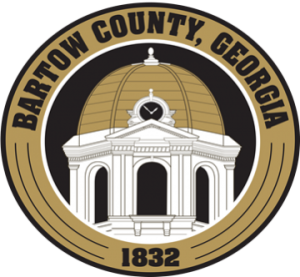The weather has been unusually warm to start out this year. I noticed the flower buds on my plum and pear trees starting to swell and show some color in February. Unfortunately, if this warm weather continues, we will end up having a premature bloom on many fruit tree species. In some years, it is common to have a cold snap even in mid-April and will probably end up losing all of our fruit set on plums and pears. This is one of the main reasons why you don’t see any commercial pears, plums, or cherries grown in Georgia. These species are also highly susceptible to diseases such as fire blight (on pears) and brown rot (on plums) when we have the warm, wet spring weather that favors these disease issues.
Our office receives numerous calls each year from people that want to plant dozens of fruit trees in their backyard. I always try to remind then to buy varieties that are best suited to Georgia’s climate and don’t just buy on impulse from local garden centers. Often, the varieties that are sold at retail garden centers are the most popular or familiar varieties, but may not be the best option for north Georgia. Do your homework and shop at local nurseries that specialize in fruit trees recommended for Georgia. Our UGA Extension publications give guidance on varieties that are more disease tolerant and those that have higher chill hour requirements (meaning they will bloom later). For example, there are a number of high chill hour varieties of peaches that should be considered if planting in north Georgia.
However, the best advice I can give any client is to not go overboard and plant too many “marginal” fruit tree species in north Georgia. You will just end up disappointed. If you have one good year out of every four years, you’re doing good. Don’t expect to get a bumper crop of pears, peaches, sweet cherries, or plums every year—even with the best varieties for Georgia. It takes a lot of time to prune, train, and maintain these types of fruit trees. I would rather be disappointed with one or two fruit trees that are lost to a frost than a dozen trees. That’s a lot of time and work that you won’t get back in a fruit harvest every year.
If you’re looking for fruit trees that are easier to maintain and have fewer problems, consider planting native fruit species such as pawpaw, persimmon, elderberry, blueberry, juneberry, mayhaw, blackberry, and red mulberry. For more information about these native species, check out our UGA Publication, “Minor Fruits and Nuts in Georgia” available on our website or at the county Extension office. Figs are another low maintenance fruit that can be grown in Georgia, even though they are not native. Muscadines are a native grape that grows well in this part of Georgia, although they require a trellis and a lot of pruning to maintain them. We also have factsheets on each of these major fruit species if you are interested in learning about specific varieties recommended for Georgia and how to care for them.
Paul Pugliese is the Extension Coordinator and Agricultural & Natural Resources Agent for Bartow County Cooperative Extension, a partnership of The University of Georgia, The U.S. Department of Agriculture, and Bartow County. For more information and free farm, lawn, or garden publications, call (770) 387-5142 or visit our local website at ugaextension.org/bartow.
